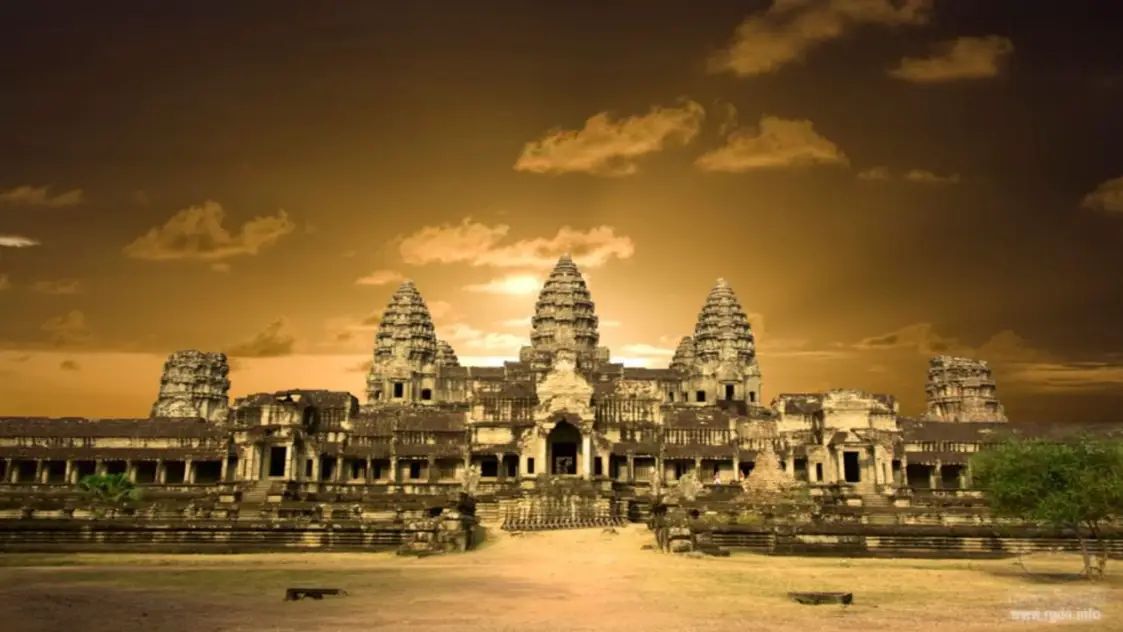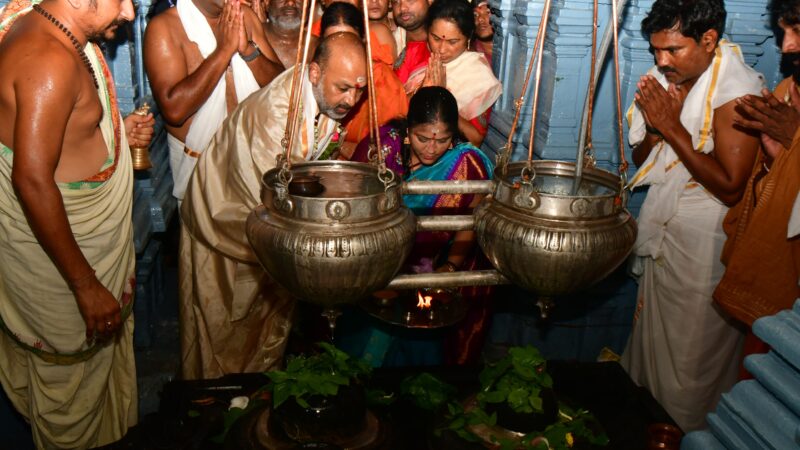Angkor Wat: The World’s Largest Hindu Temple and Its Deep Connection to Sanatana Dharma

NEWS CHRIOT:-Hinduism’s influence extends beyond India, with remarkable structures worldwide. One such marvel is Angkor Wat, the largest Hindu temple globally, located in Cambodia. Built by Emperor Suryavarman II (1112-1153 CE), it stands as a symbol of Hindu culture and architectural brilliance.
Spanning 402 acres, Angkor Wat was originally called ‘Yashodharapura’. The temple follows Khmer architecture, resembling step-pyramids in Egypt and Mexico.The main tower rises 64 meters, while others reach 54 meters.A 3.5 km-long stone wall encloses the temple.A 190-meter-wide moat surrounds it, creating a lake-like appearance.
Angkor Wat was built as a Vishnu temple, unique for its west-facing entrance. It is also one of the few temples to house Brahma, Vishnu, and Maheshwara together.The temple walls depict stories from Hindu scriptures, including:Samudra Manthan (churning of the ocean).Exquisite Apsara (celestial dancer) sculptures.
Over time, Buddhist monks inhabited the temple, adding Buddhist statues while preserving Hindu elements. Located along the Mekong River, Angkor Wat is Cambodia’s national symbol, even appearing on its flag.
Recognized as a UNESCO World Heritage Site, Angkor Wat attracts thousands of visitors. The sunrise and sunset views over its towers are breathtaking. The name ‘Angkor’ means ‘City of Temples,’ representing the hundreds of temples in the region.Angkor Wat remains a testament to Sanatana Dharma, reflecting the enduring influence of Hindu culture across Southeast Asia.
#AngkorWat #HinduTemple #SanatanaDharma #Cambodia #WorldHeritage #UNESCO #AncientArchitecture #VishnuTemple #IndianCulture #SpiritualHeritage #HistoricMonument #Hinduism #SacredSite #TempleCity #CulturalTreasure






